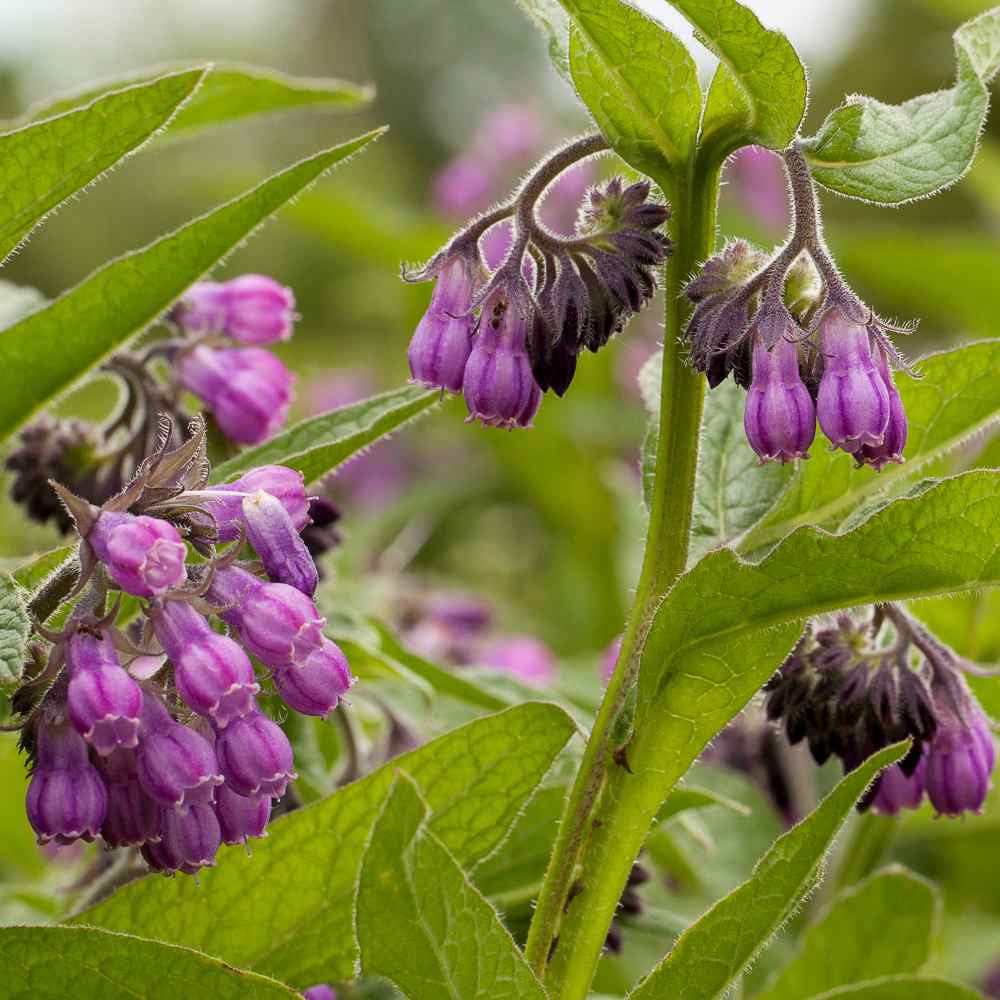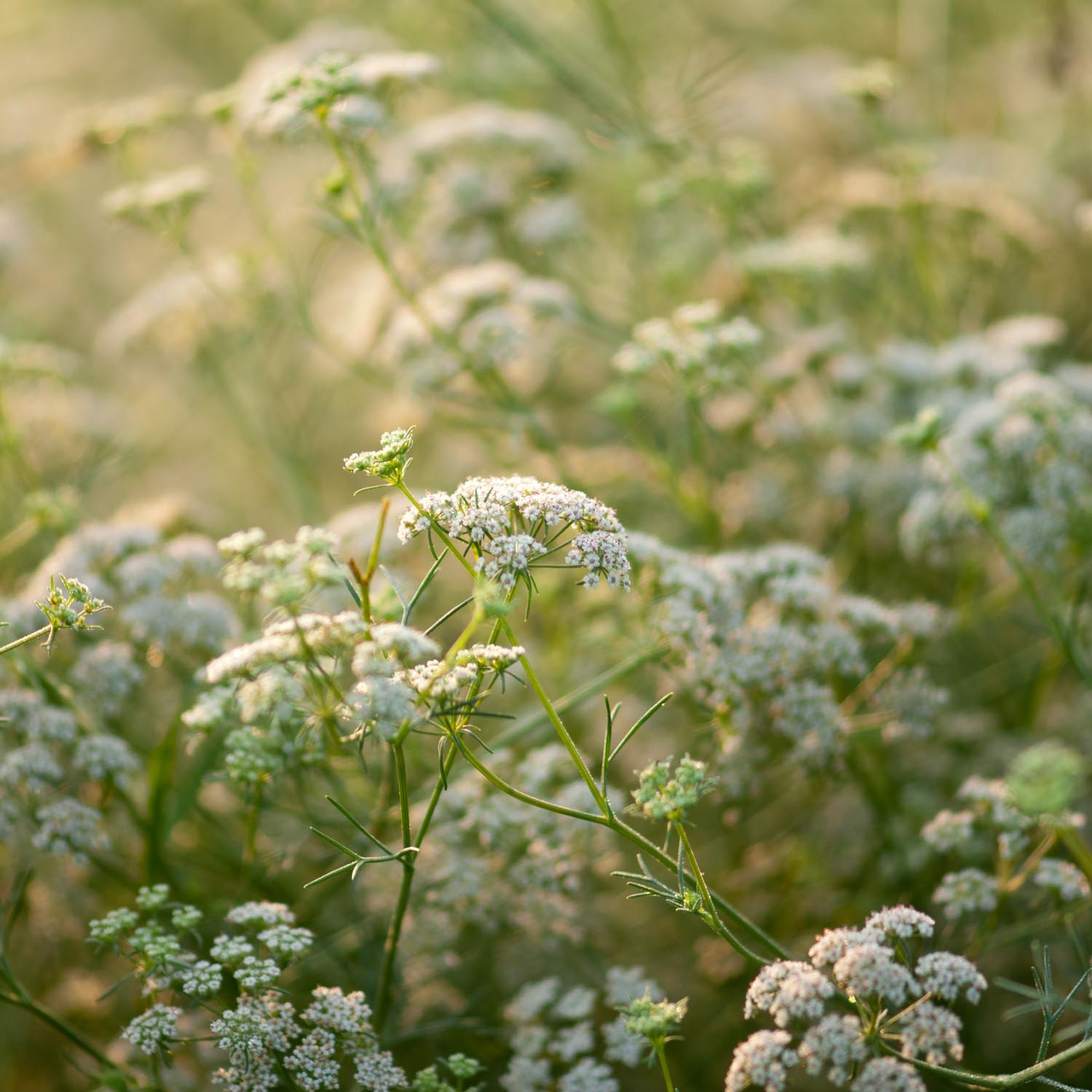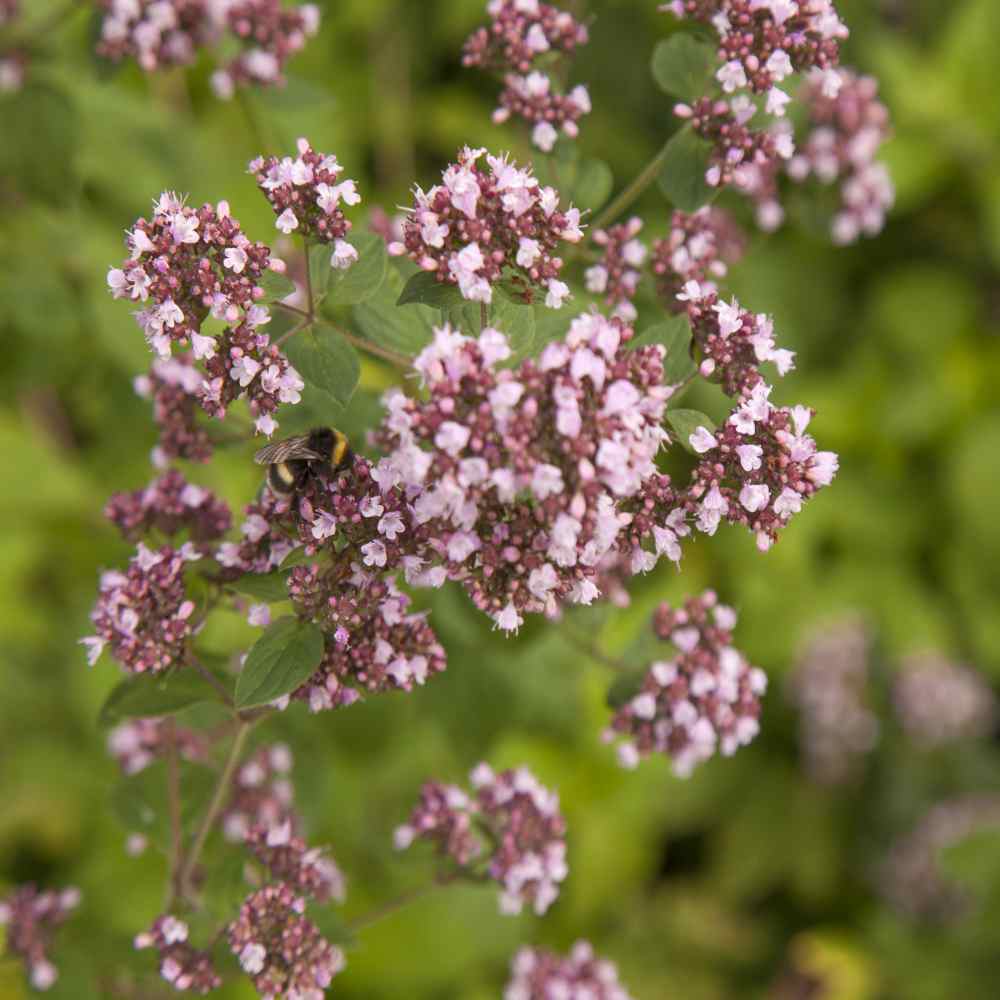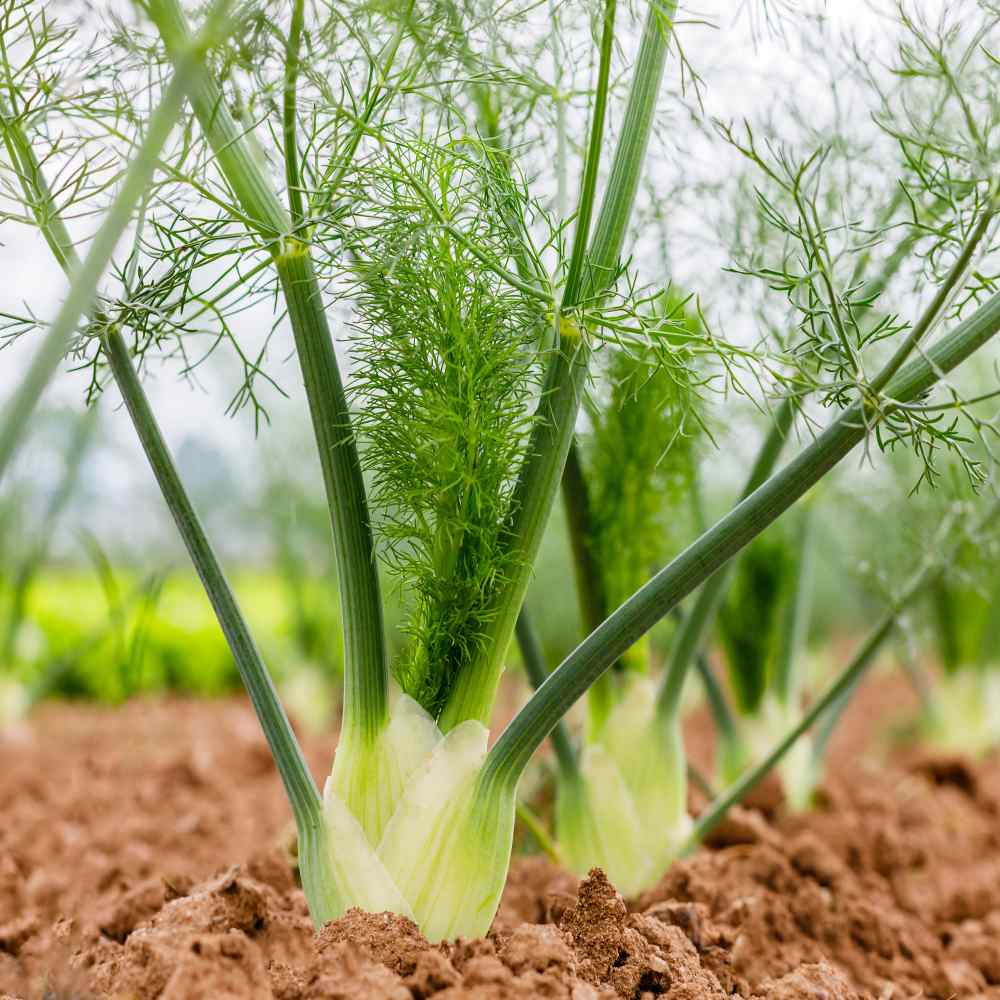
Comfrey Planting and Care Guide
Quick Facts About Comfrey
Comfrey is a useful perennial that has traditionally been used as a healing herb. It has astringent, antifungal and antibacterial properties, and it contains various healthy chemicals and nutrients. It should be used with caution, however, and shouldn't be taken orally.
Planting Time
Comfrey can be started either directly outdoors at the end of frost season, or indoors 6-8 weeks before the end of frost season.

Planting Location
Comfrey grows in both full sun and partial shade, and should be planted in average soil that drains well.
How to Grow Comfrey
- Comfrey benefits from stratification prior to sowing. To do this, mix seeds with peat moss in a plastic bag, and refrigerate for 20-60 days.
- If starting indoors for a jump on the growing season, sow seeds into trays or small pots filled with a seed starter mix.
- If sowing directly outdoors, first prepare a seedbed by removing weeds and breaking up soil.
- Sow 1-2 seeds per plant at a depth of 1/4 to 1/2 inch.
- Keep seeds moist and in a warm location until germination. Under proper conditions, these seeds should germinate in 2-3 weeks. If seeds fail to germinate within this time, repeat the stratification process for 2-4 weeks.
- Once indoor seedlings are established, they can be transplanted outdoors spaced 2-3 feet apart. Comfrey has a deep tap root, so growing in pots may stunt the plant.
- Before transplanting seedlings into the garden, it's essential to "harden them off". This involves acclimating young plants to outdoor conditions by placing them in a sheltered outdoor area for about a week. Initially, shield them from strong winds and direct sunlight. If there's a risk of frost overnight, either cover the plants or bring them indoors, then return them outside in the morning. This hardening off method helps strengthen the plant's cell structure, minimizing transplant shock and sun damage.

Care And Maintenance
- Keep weeds under control during the growing season. Weeds compete with plants for water, space and nutrients, so control them by either cultivating often or use a mulch to prevent their seeds from germinating.
- Mulches play a vital role in preserving soil moisture and ensuring consistent soil temperatures. When it comes to annuals, using organic mulch made from shredded leaves not only enhances the appearance of the bed but also enriches the soil as it decomposes over time. Remember to keep mulch away from the plant stems to avoid potential rot issues.
- Comfrey should be watered regularly, but avoid wetting the leaves, as this can result in fungal disease.
- Comfrey does not require fertilization, but poor soil can be boosted with an organic compost if desired.
- Once Comfrey reaches 2 feet in height, its leaves can harvested and dried. Early harvests may impede flowering.




































